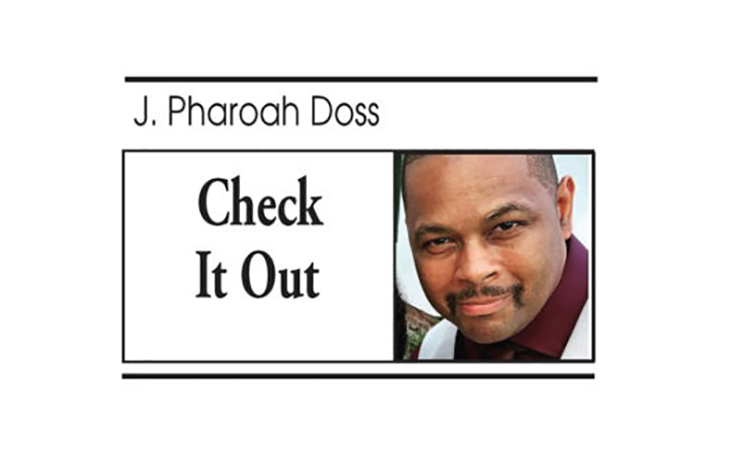Getty Images
Affirmative Action proponents have always considered it a form of racial justice. These policies were supposed to make up for past discrimination. To do this, several colleges set aside a specified number of slots for minorities. White students believed racial justice was well intentioned, but it resulted in reverse discrimination.
In 1978, the Supreme Court ruled that race could be used as a factor in college admissions.
Justice Lewis Powell made an important distinction between corrective measures and educational benefits. He ruled that schools could not utilize Affirmative Action to rectify past discrimination and that racial quota systems were unconstitutional. On the other hand, increasing campus diversity was a worthy goal. Students of all races, not just minorities, would benefit from being exposed to different people and perspectives.
Although Justice Powell ruled out affirmative action as a corrective measure for past racism, proponents of racial justice recognized that he did not rule out Affirmative Action as a countermeasure to present-day racism.
This is how “diversity” became a loaded term.

For proponents of racial justice, “increasing diversity” meant rectifying present-day racism, and the educational benefits Justice Powell championed were only a bonus. Since a diverse student body was considered a worthy goal, proponents of racial justice felt no obligation to demonstrate its educational benefits.
Instead, they shifted their attention to racial inequality and systemic racism. There was a need for affirmative action as long as they could persuade the public that the system produced racially disproportionate outcomes. Unfortunately, the persistent desire to demonstrate contemporary racism led proponents of racial justice to deny racial progress in America.
A Time/CNN poll conducted in 1997 indicated that 62 percent of Black teenagers thought racism was a major problem. In other words, their elders did a thorough job persuading them that the macro phenomenon of systemic racism was responsible for the massive inequities in the Black community. When asked explicitly about racism in their own lives, however, 89 percent of Black teenagers claimed it was a “small problem” or “not a problem at all.”
Then, to persuade minority students that racism was an issue in their daily lives, “microaggressions” were introduced.
Microaggressions are everyday verbal or nonverbal slights, snubs, or insults, whether deliberate or inadvertent, that send hostile, disparaging, or negative messages to target individuals only because they belong to a marginalized group.
Any interaction between Whites and people of color, according to that definition, could be misconstrued as a microaggression. The American Psychologist (an academic journal) published a list of dozens of utterances classified as microaggressions in 2007.
Here are a few things White people should never say to people of color: “America is a melting pot” or “there is only one race—the human race” because they promote color blindness, disconnecting individuals from their racial essence. Whites should never ask Latinos or Asians, “Where are they from?” It implies that Latinos and Asians are foreigners who are not citizens of the United States. And Whites should never say, “I believe the most qualified person should get the job,” because that promotes the myth of meritocracy.
Microaggressions obviously harmed social interactions on campus, but how did they undermine the educational benefits of diversity? Professors asking students of any particular group to “represent” the views of others of their race, gender, etc. in class discussions or debates were deemed microaggressions.
Justice Powell expected students from underrepresented groups to “represent” their group in class discussions or debates. Powell believed that exposing students to other racial groups and viewpoints would benefit all of them. But if it’s a microaggression for professors to put this into practice, then the goal of affirmative action isn’t being achieved.
When the Supreme Court struck down affirmative action, Chief Justice John Roberts stated that acquiring new knowledge based on diverse outlooks was a commendable goal. However, it is unclear how courts are supposed to measure any of these objectives. If the goals cannot be measured, there is no way to know when they have been met.
The Court finally understood, thanks to microaggressions, that the educational benefits of diversity that Justice Powell expected could not be realized.